The Tree of Life – Part II
There are very few scriptural symbols as ubiquitous throughout the world´s cultures and religions as a belief in a tree of life, a world tree or at least the importance of a tree as a powerful religious and spiritual symbol. Trees have even been used as symbols of earthly power, for example, in the Book of Daniel, Nebuchadnezzar’s power as an earthly king is expressed in a dream as a tree in the midst of the earth, prominent for its size, its beauty and strength, for its ability to provide fruit and shelter to others and for the ability of the birds and animals to build within it.
The idea that the symbol of Tree of Life might be more extensive than I had previously understood came while I was reading the Book of Revelation while in a hospital recovering from a kidney surgery. The tree of life is mentioned twice in Revelation (with footnotes to Ezekiel). I will touch more on those scriptures in the third installment of this essay. For this part I will provide a broad survey of many traditions that believe in a Tree of Life, a World Tree or at least in a tree as a spiritual symbol.
Egyptian mythology
In Egyptian mythology Isis and Osiris are said to have emerged from the acacia tree of Iusaaset which Egyptians considered to be the tree of life, or the tree in which life and death are enclosed. At this point it is worth mentioning the tie-in with acacia and Judaism.
Acacia
Many scholars consider the gopherwood which Noah used to build the ark to be a form of Acacia. Others consider the shittim wood mentioned in the construction of the tabernacle and the arc of the covenant to be a form of Acacia. Some forms of Acacia trees produce a fruit similar in description to the manna which Israel ate in the wilderness. There is also a belief that the burning bush which Moses encountred was an acacia plant.
Kabbalah/Cabala/Qabalah
The Jewish mystical tradition of Kabbalah has a symbol known as the 10 Sephirot which in the Christian Cabala and the Hermetic Qabalah is known as the Tree of Life. I don’t feel qualified to explain this complex symbol but in general terms (according to my limited understanding), the Sephiroth includes the 10 attributes or emanations through which The Infinite reveals himself and continuously creates both the physical realm and the higher metaphysical realms, and includes biblical elements of both The Tree of Life and the Tree of Knowledge of Good and Evil.
Baha’i
The Baha’i faith of Assyria, believe in the tree of life as a manifestation of God and as a great teacher who appears to humanity from age to age. In other concepts they believe that the roots and trunk of the tree are the manifestation of God with the followers being branches and leaves and the fruit being an ever-advancing civilization.
The Baha’i believe in both a tree of life and a tree of knowledge of good and evil where the tree of knowledge of good and evil represents the physical world, with opposition in all things such as good and evil, light and darkness. The contrast between the tree of life and the tree of knowledge of good and evil is that the first is a spiritual sphere with no duality and the latter is our physical world encompassing all conflicts and dualities.
Chinese mythology
In Chinese mythology, the tree of life contains a phoenix and a dragon where the dragon represents immortality. Taoist mythology holds that the tree of life produces a peach every three thousand years and that the one who eats the fruit receives immortality. Recent discoveries in Sichuan, China include two renditions of the tree of life. In one there is a dragon at the base and a single fruit hanging from its lower branches. In another the base is guarded by a horned beast with wings, the leaves of the tree are coins and people and at the apex there is a bird with coins accompanied by the sun.
Germanic paganism and Norse mythology
Germanic paganism and Norse mythology also hold the concept of a tree of life. In Norse mythology the apples provide immortality for the gods. In fact one of the manifestations of the Norse tree of life is the Norse world tree Yggdrasil, and the image of Odin on the Norse world tree bears a very close resemblance to many common images of Christ on the cross.
India and Hinduism
India holds flora to play a central role in their culture and their mythology. In fact the symbolism of a very unique tree is outlined in the 135th hymn of the 10th book of Rig-Veda as well as the 15th chapter of Bhagavad-gita. Within the Indian traditions the banyan tree and peepal are the most revered and both are considered to be trees of life. The banyan tree symbolizes fertility and is worshiped by those wanting children. It is also the tree of immortality in Hindu scriptures. The banyan is believed to have nourished mankind with its milk before grain arrived. In most major events in Hinduism there is a sage or a seer sitting under a fig tree (both the banyan and the peepal are varieties of fig trees), to seek enlightenment.
Buddhism
The Bodhi tree under which Gautama Buddha achieved enlightenment is a peepal tree. One of the reasons the fig tree assumes such special importance is the “two way growth” (both down and up). Turkish mythology also has a Tree of Life or a World Tree at its center.
Uratu
In Urartu (Armenia) The Tree of Life was a religious symbol drawn onto the exterior walls of fortresses and carved on the armor of warriors. This tree was always symmetrical with winged servants taking care of it.
Mesoamerica
In Mesoamerican cultures the concept of trees of life or world trees was also prevalent in Aztec, Maya, Izapan, Mixtec and Olmec cultures. In these cultures the Tree of Life or the World Tree represents the 4 cardinal directions, which represents the fourfold nature of the world. The center of the tree from the top to the trunk to the roots represents a connection between the underworld, the heavens and our terrestrial world. Among the Maya, the World Tree was a ceiba tree. Often the world tree is seen with birds in the branches and the roots extending into earth or water.
Japan
In the Japanese religion of Shinto ancestors and animals became branches of a sacred tree.
Mesopotamia
The Epic of Gilgamesh outlines a quest for immortality and in Mesopotamian mythology, Etana searches for a ‘plant of birth’ to provide him with a son.
Iroquois
Among the Iroquois “The World on a Turtle’s Back” explains the origin of a tree of life. According to this myth The Tree of Life was found in the heavens where the first humans lived until a pregnant woman fell and landed in an endless sea. She was saved by a turtle and in her hands she had clutched a piece of bark from The Tree of Life. She created our world by planting this piece of bark on the back of the turtle.
Celtic
In Celtic Ujibway cosmology and traditions teach of a Grandmother Cedar.
Alchemy
In alchemy Antoine-Joseph Pernety identified the Elixer of Life and the Philosopher’s Stone with the Tree of Life.
Fiction
J.R.R. Tolkien’s, The Silmarillion introduces the two trees of Valinor as the sources of light on middle-earth. C.S. Lewis’s “The Chronicles of Narnia” includes a symbolic image of The Tree of Life in “The Magician’s Nephew”.
Film
Terrence Malick’s film “The Tree of Life” draws plenty of inspiration from the Book of Job, not only in the scriptures quoted and in the preacher’s sermon on the life of Job, but also in the style of the film in that it provides more questions than answers. There is a strong theme of inexplicable suffering (human and otherwise) which has at times been called Theodicy. The movie also touches on creation, life and death and the contrast between the way of grace, the way of the world and the need for redemption and reconciliation (Grace). In my opinion the film, while complex, does capture the essence of the key elements symbolized by The Tree of Life.
Wagner
In Wagner’s fantastic and quite profound Ring Cycle (upon which The Lord of the Rings draws extensively), Wagner alludes to ancient mythologies and has the young god, Wotan, cutting a branch from the World Ash Tree, which is the source of all wisdom and power and through this violation of this original and important tree, the waters of life are also violated and the hence the world enters a fallen state and the immortality of the gods is put at risk.
An interesting contrast between the biblical narrative and Wagner’s narrative is that in Wagner it is the gods that fell and man (Siegfried) who redeems a fallen world.
Apocryphal Book of Enoch
In the apocryphal book of Enoch 1 chapter 24 and chapter 25 we read about a vision of Enoch where the ancient prophet was travelling with an angel and although there are many trees and many mountains, one tree in particular stands out above the rest due to its pleasing aroma. The angel explains that the fruit of the tree will be given to the elect and that the elect will rejoice with The Holy One who is also described as The Everlasting King. The passage in the Book of Enoch stands out because this is the only passage, of which I am aware, which highlights the pleasant odor of The Tree of Life.
Other Apocrypha
The Tree of Life is also mentioned in The Testaments of the Twelve Patriarchs and the Book of Esdras.
Freemasonry
The importance of the Tree of Life (and Acacia in all senses) in Freemasonry is due to a concatenation of the legend of Isis and Osiris, the importance of Acacia wood in the building of the Ark of the Covenant as well as the importance of Acacia and the Cedars of Lebanon in building Solomon’s temple and the mention of The Tree of Life in The Book of Enoch.
Hebrew Bible
Jewish sources are, of course, better known to us as the tree of life is first mentioned in the Book of Genesis and considered distinct from the tree of knowledge of good and evil. They were originally allowed to eat of all trees except for the tree of knowledge of good and evil (they were originally not prohibited from eating of the Tree of Life), after sinning by partaking of the Tree of Knowledge of Good and Evil they were cast out of the Garden of Eden and angels were placed as sentinels to keep them from partaking of the Tree of Life. In the Book of Proverbs, The Tree of Life is associated with wisdom “wisdom is a tree of life to them that lay hold upon her, and happy is every one that holdest her fast” Proverbs 3:13-18. In Proverbs 15:4, The Tree of Life is associated with calmness “a soothing tongue is a tree of life; but perverseness therein is a wound to the spirit”. It is interesting to note that in Exodus 25:10, and Exodus 26:15, The Ark of the Covenant was made out of acacia, which is the same tree that Egyptian mythology regards as The Tree of Life. There is also a widespread belief in Judaism that the burning bush was acacia. The prophet Ezekiel outlines from chapters 40 to 48 a vision of a restoration. In Ezekiel 47:12 we read that “along the river, on either bank, will grow every kind of fruit tree with leaves that never wither and fruit that never fails; they will bear new fruit every month, because this water comes from the sanctuary. And their fruit will be good to eat and the leaves medicinal.” This description if very close to the description in Revelation 22:1-2 except that John the Revelator specifically mentions that the tree being described is The Tree of Life. “The angel showed me the river of the water of life, as clear as crystal, flowing from the throne of God and of the Lamb down the middle of the great street of the city. On each side of the river stood the tree of life, bearing twelve crops of fruit, yielding its fruit every month. And the leaves of the tree are for the healing of the nations.” In the Eastern Orthodox Church, The Tree of Life is known to be the love of God.
Summary of Symbols
In summary, we have the Tree of Life as a symbol of: creation, worldly knowledge, spiritual knowledge, food and material sustenance, immortality, a sublime reward for the righteous and the love of God. In my next and final installment I will concatenate all of these symbols into one. (Alma 5:33-35, cross-referenced with John Chapter 6).
To read the 1st part follow this link The Tree of Life Part 1

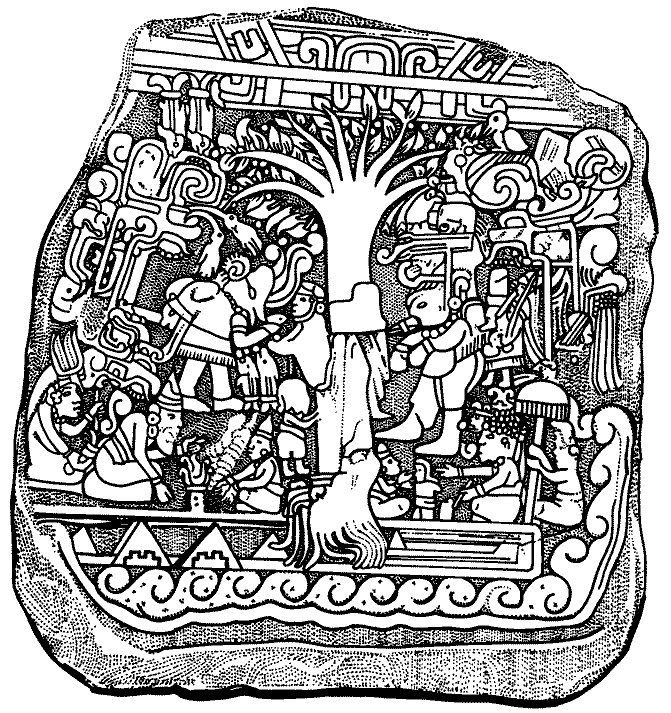
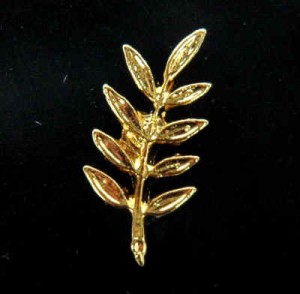
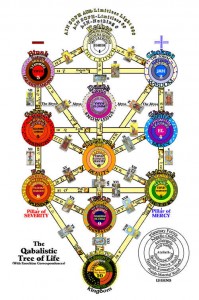
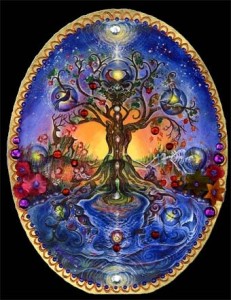
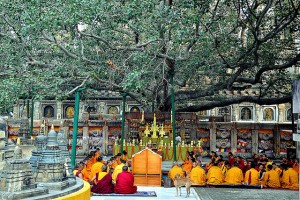
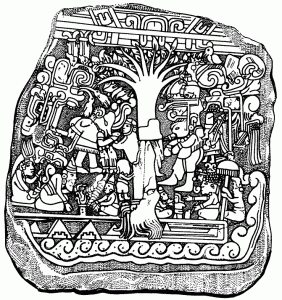
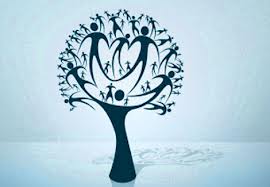
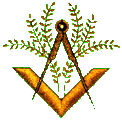



This is a remarkable and enriching essay. Thank you for taking time to research, write and share it with us here. The tree and the river are two of my favorite religious symbols. The tree – drawing nourishment from the river – is my all-time favorite metaphor for God, love, Mother, truth, Savior, healing. I guess it’s time to re-visit the bok of Revelation. Thanks again.
Insightful research, Heber. Virtually every ancient culture reverenced the tree. You failed to mention that the proclivity of ancient Israel to turn to the worship of pagan gods in “groves” was part of that worldwide tradition. Even our traditional Christmas tree owes its existence to these same traditions.
So, here’s something to consider in addition: These universal traditions find their source in cosmology, planetary and plasma images seen by all the world in Earth’s ancient heavens. The Tree of Life was also the Plant of Life in many cultures. But leaving the subject there would be a crime. There are many other archetypes, common in all ancient cultures, that originated in those same cosmic manifestations: the World Mountain, the Eye of God, the Cosmic Beast or Dragon, the Thunderbolts of the Gods and the Cosmic Temple or City, just to name a few. You might care to consult the many monographs I’ve written touching on this subject on my website.
By the way, I see from your bio that you come from the Colonies. Dr. Ernest Leroy Hatch was my mission president when I served in Mexico many, many years ago. I had companions who were from the Colonies, among them Rogelio Flores.
Keep up the good work and research.
Melody, I also like the image of the water. I focused more on the tree, but there is also a beautiful symbolism in the water. You mentioned the word “mother”, I find it interesting that many mythologies which include multiple gods have the earth symbolizing the mother of the gods (Greek mythologies, Wagner’s interpretation of ancient mythologies).
Anthony, I am fascinated by the idea of similar symbolic themes appearing in different cultures. I checked out your website. You have obviously studies these topics a lot more than I have. I know a little about the Eye of Horus (and other manifestations of the Eye of God), but I think there is a lot I can learn from your monographs. Dr. Hatch was one of the stalwarts in the colonies. That is pretty cool!
After re-reading Heber’s post, I realized I neglected to mention one important point concerning the book of Revelation, which prompted your post. Many of the most prominent archetypes in antiquity are the very subject matter of Revelation. As it turns out, John’s Revelation or Apocalypse is a rehearsal of some of the primary mythical themes of antiquity in order to validate Christianity and give it roots in antiquity. That’s why we read about beasts, candlesticks, horses, trumpets, seals and such. These are all archetypical constructs from ancient pagan/cosmological religions, just like the Tree of Life. It’s also the origin of the trees in the Genesis account of the Garden of Eden. There are literally hundreds of such archetypes. Knowing these archetypes and their origin allows us to decipher the language of the prophets. It’s imagery coded in these ancient archetypes. Knowing that makes reading the prophets’ otherwise cryptic visions as easy as reading as reading this post. Revelation is, as Joseph said it was, the “plainest book.” So are Ezekiel, Daniel and all the rest of the “toughies.”